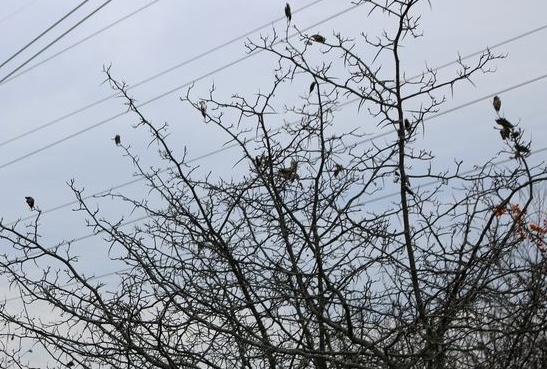
AUGUSTA - This National Invasive Species Awareness Week, entomologists from the Maine Department of Agriculture, Conservation and Forestry are reminding residents of Maine and New Hampshire that now is the time to remove browntail caterpillars from trees.
Browntail caterpillars cause a poison ivy-like rash and they are impacting a broad swath of Maine as well as the Granite State. Contact with this caterpillar's hairs can cause severe reactions for some individuals.
Browntail caterpillars spend the winter webbed in silken-wrapped leaves on the tips of branches of oak and apple trees. According to the Maine Dept. of Agrculture, Conservation and Forestry, now is the time to look for the bright white silk tying a few leaves to the tips of your apple and other fruit trees and oak tree branches.
If you see a web you should clip it out and destroy the web by dropping it in a bucket of soapy water and soaking it overnight; do not just leave it on the ground. The caterpillars are ready to go once warmer weather arrives, so do this task as soon as possible!
Browntail caterpillar webs can be found regularly in Maine from the New Hampshire border to Deer Isle.
As we all have heard, "an ounce of prevention is worth a pound of cure." People have known that to be true of browntail for more than 100 years. Learn how to recognize browntail moth webs by visiting the websites below, then go out and check your trees for their presence. If you find them and can reach them, clip and destroy them. If you can't reach them and plan to treat them, now is the time to line up professional help for this spring.
http://www.maine.gov/dacf/mfs/forest_health/invasive_threats/browntail_moth_info.htm
For More Information: Contact the Maine Forest Service (207) 827-1813 or your local University of Maine Cooperative Extension Office.












